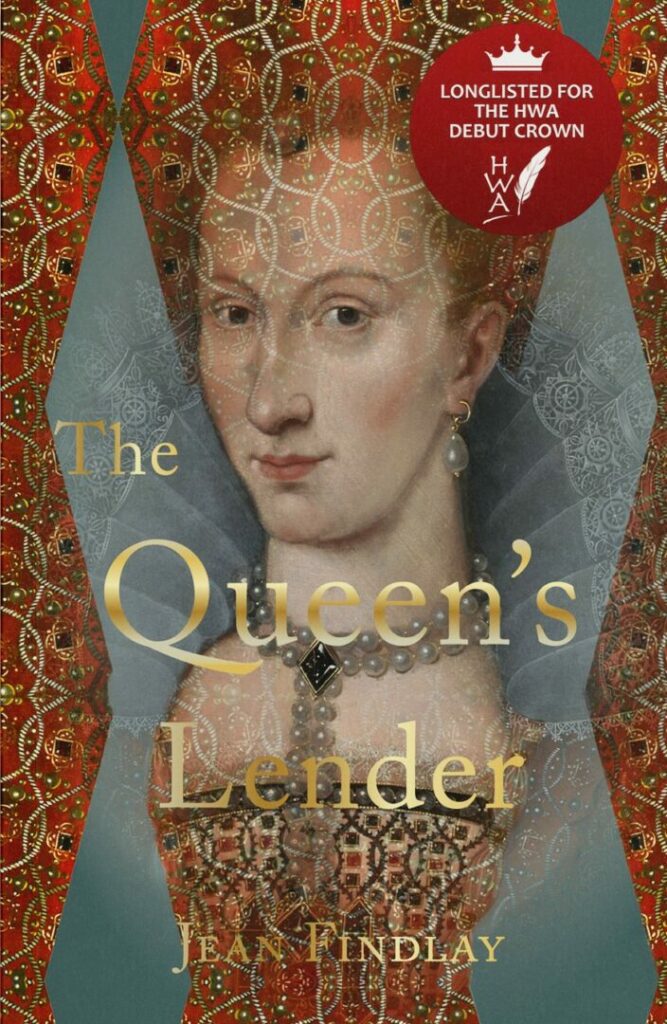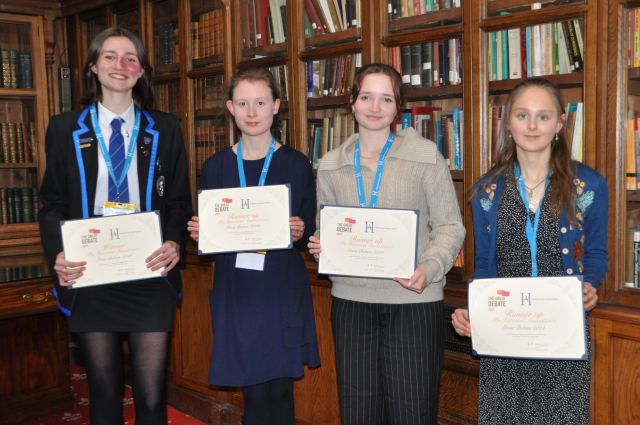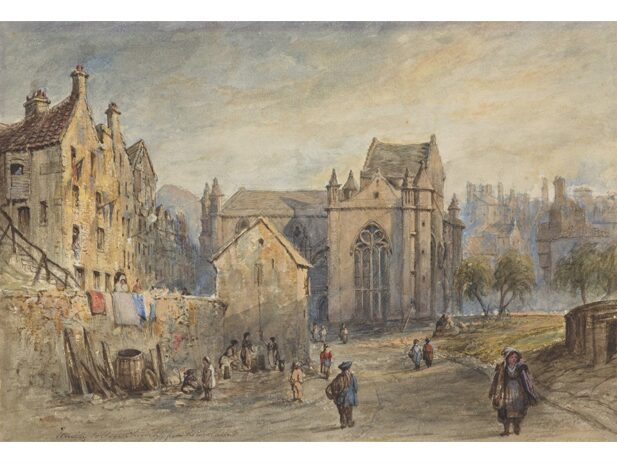The eponymous hero of this historical novel is George Heriot, jeweller to Queen Anna of Denmark, consort of James VI. The story extends from Edinburgh in 1593 to London in 1603 when James VI becomes James I and on to Heriot’s death in 1624. It is told as a series of short vignettes illustrating how Heriot negotiated the politics of life at Court in Edinburgh and London whilst suffering the disappointments of his personal life and suggests why he might have left the bulk of his fortune to found Heriot’s Hospital in Edinburgh. We meet a variety of historical characters, from Shakespeare, Drummond of Hawthornden and Ben Jonson, to several Scots nobles. Most of the latter are on the make but are desperate to stay in the latest fashion (particularly in decorative buttons and hat jewels) whilst doing so. James VI and I is portrayed as a mixture of lavish generosity and carefulness with money.
The narrative is not rooted in place. There is very little description of either the Edinburgh or the London of the time; the reader must provide the setting from their imagination. What we are given are the characters’ words and thoughts. It is told in the present tense giving it an immediacy and pace. The prose has a poetic feel with a recurrent theme of falling or fallen leaves reminding one of mortality. The author resists the temptation to call the hero ‘Geordie’: he is George throughout and ‘jinglin’ does not appear. The dialogue is cleverly contrived with the speakers using Scots when in Edinburgh but after the translation of the Court to London the direct speech of the Scottish characters (and Anna, who becomes Anne) gradually changes to English. The Scots is well handled: it sounds authentic and it does not feel as if it is just English with an orthography reproducing a Scots accent. It is very easy to follow: I only had to look up one phrase, ‘wallie gowdie’ which, according to the on-line Scottish National Dictionary, means ‘lovely jewel’.
It is sometimes too easy when contemplating the history of Edinburgh to forget that it was lived in by real people. This work of historical fiction is an antidote to that. It is witty and also, sometimes, very funny.
I found only one false note. As George Heriot states his last wishes to his executor, Walter Balcanquall, he insists that his foundation ‘be called a hospital to cure the fatherless bairns as well as to teach them. They canna learn if they are sick’. In Heriot’s day a long-established meaning of ‘hospital’ was of a charitable institution to shelter and maintain the needy (and educate them if they were young). There is no need to suggest a healing function to justify the use of the term, ‘hospital’. This did not detract from my enjoyment of this book and I recommend it.
The Queen’s Lender, Jean Findlay, Edinburgh. Scotland Street Press, 2022, hbk, pp201, 978-1-910895-55-9, £12.99





